How to Properly Store Dry, Fresh, or Cooked Pasta to Avoid Waste and Save Money
I’m one lucky gal. My husband’s favorite menu item is pasta—any shape or presentation. He would opt for a pasta dish every meal of the day if that were an option. And that’s great because he is as tall and slim as the day we married. I love to cook. Add these things together, and it’s pretty much a no-brainer that frequently, pasta is the foundation for tasty meals in the Hunt home.
We load up on pasta when our favorite brand (Barilla) is selling 10 (16-oz.) for $10. But is that wise? What’s the shelf life of pasta? Where and how should we store pasta to make sure it will be delicious right through the last package, which if we’ve planned well, should coincide with the next 10-for-10 sale?
How to Store Dry Pasta
One of the most economical and convenient foods available, pasta has become a staple in most American homes. The key to storing dry pasta is to keep it in a cool, dry place.
The pantry is a great spot to store dry pasta, as long as it’s not near any heat sources or areas with high humidity. Avoid storing dry pasta in the refrigerator or freezer, as the cool, damp environment can cause it to become mushy and spoil more quickly.
To keep your dry pasta fresh, transferring it from the original packaging to an airtight container is a good idea. This will help to protect it from moisture, pests, and other contaminants. Glass or plastic containers with tight-fitting lids work well for this purpose. Be sure to label and date the container so you know when you purchased the pasta and can keep track of its shelf life. When stored properly, dry pasta has an indefinite shelf life.
How to Store Fresh Pasta
Fresh pasta—homemade or purchased from a refrigerated case in a grocery store—is far more delicate than dry pasta, and requires a bit more care when it comes to storage. Fresh pasta has not been dried and therefore does not have the same shelf life as dry pasta.
Fresh pasta should be stored in the coldest part of your fridge, typically the back of the bottom shelf. To prevent it from drying out, wrap it tightly in plastic or a sealed container. It is best to consume fresh pasta on the day it is made or purchased, but if stored in the refrigerator, it can be kept for an additional day.
How to Freeze Fresh Pasta
If you’re not planning to use your fresh pasta immediately, you can freeze it for longer storage. To freeze fresh pasta, wrap it tightly in plastic wrap or place it in a sealed container, label it with the date and specific contents, then place it in the freezer. Kept frozen, fresh pasta will keep for up to 3 months.
When ready to use your frozen pasta, thaw it in the refrigerator or at room temperature. To reheat it, place the pasta in a pot of boiling water for a few minutes, or microwave it in a covered dish with a little water. Avoid reheating pasta in the oven, as this can cause it to become dry and overcooked.
While it is possible to freeze dry pasta in order to save space in the pantry, this should not be done with the intention of extending its shelf life. Dry pasta can be stored in an airtight container in a cool, dry, and dark location for a prolonged period without freezing. If you are running out of pantry space, it is a good idea to consider other options for storing the dry pasta before resorting to freezing.
How to Store Cooked Pasta
Cooked pasta is a little trickier to store, as it can become soggy or develop an off-flavor if not appropriately handled. Here are some tips for storing cooked pasta:
Before storing cooked pasta, it’s essential to let it cool to room temperature. This will help to prevent the pasta from becoming soggy or developing an off-flavor. Once the pasta has cooled, place it in an airtight container and refrigerate it as soon as possible.
Following these simple guidelines for how to store dry, fresh, and cooked pasta, you can confidently ensure it stays fresh and retains its quality.

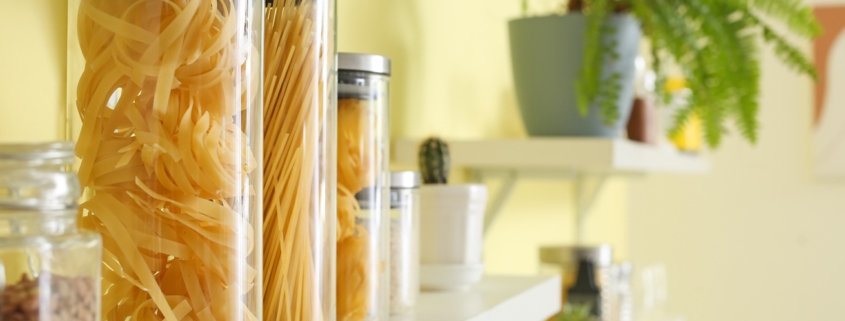
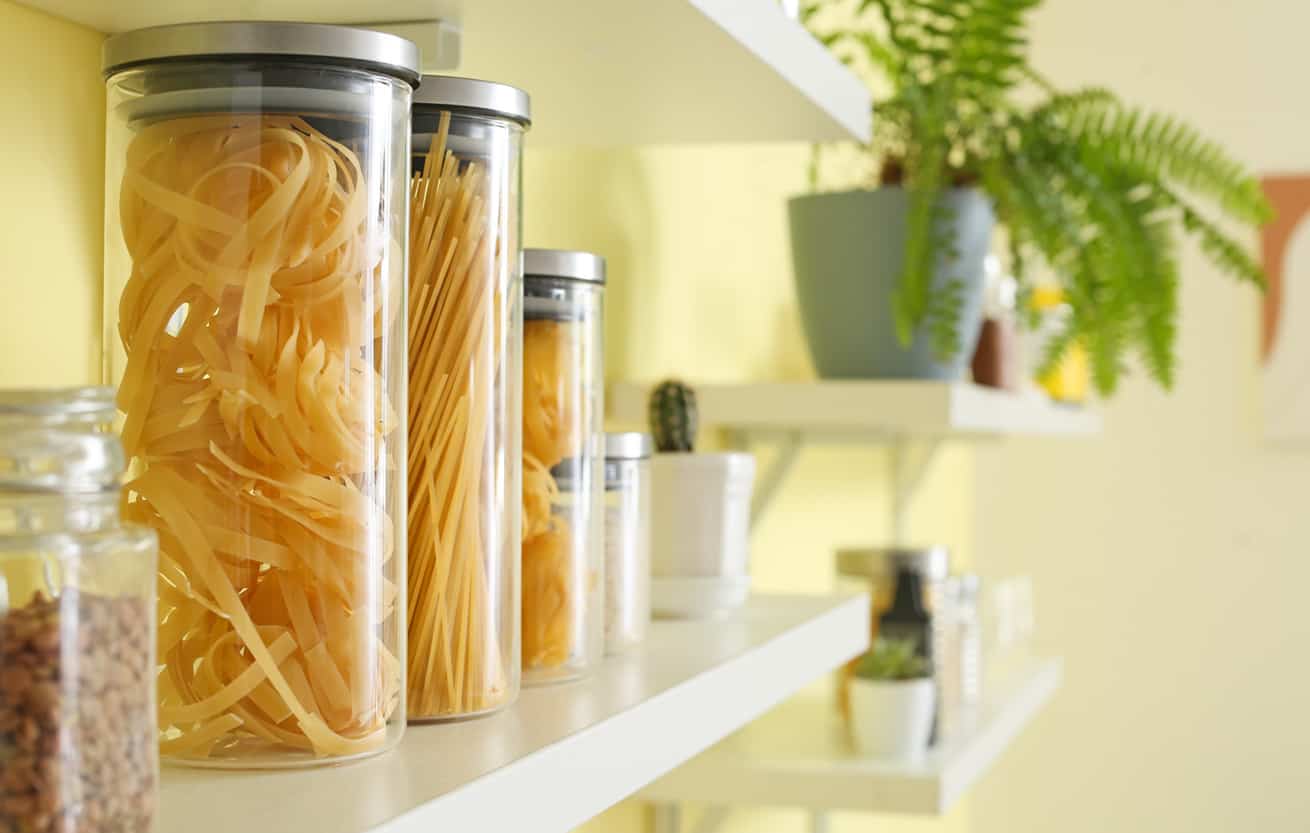

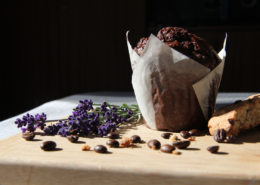
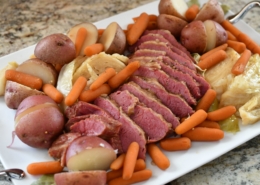
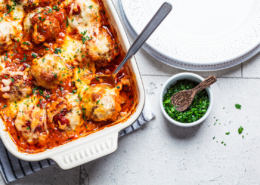


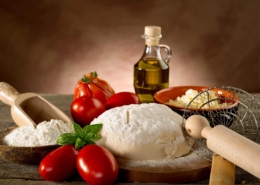
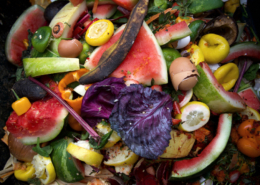
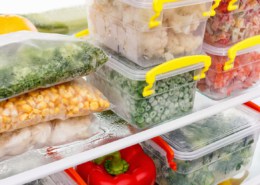



My mother gave me this full proof way of cooking pasta perfectly every time. Add pasta to boiling walter. Cook for 3 minutes. Remove from heat, cover and let sit for 10 minutes. Drain and enjoy perfect pasta.
Great tip! Thanks
YES!!! With the exception of really fine pasta such as angel hair.
If you don’t have an airtight container, you can cook the dry pasta in the microwave for a minute or so and it will kill any potential weevils that might grow up to become pantry moths.